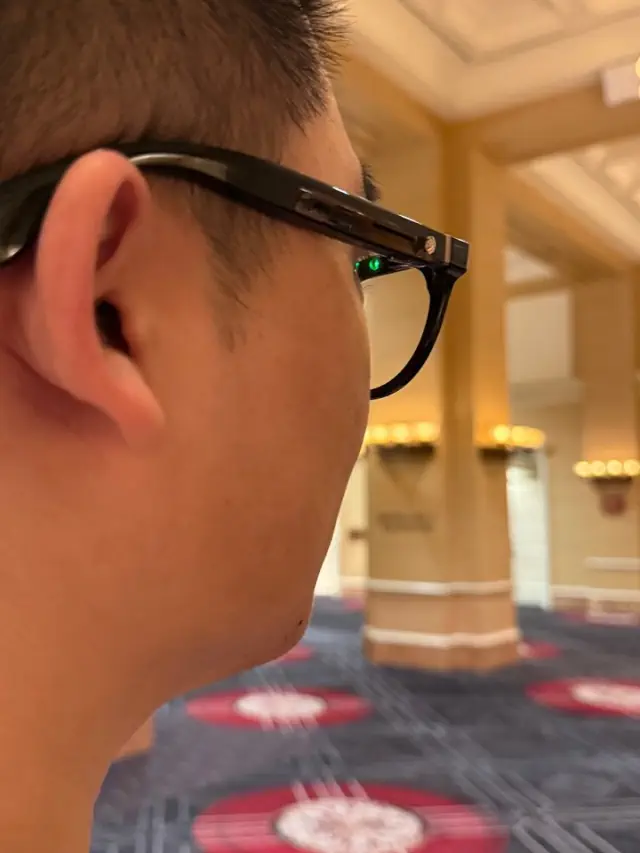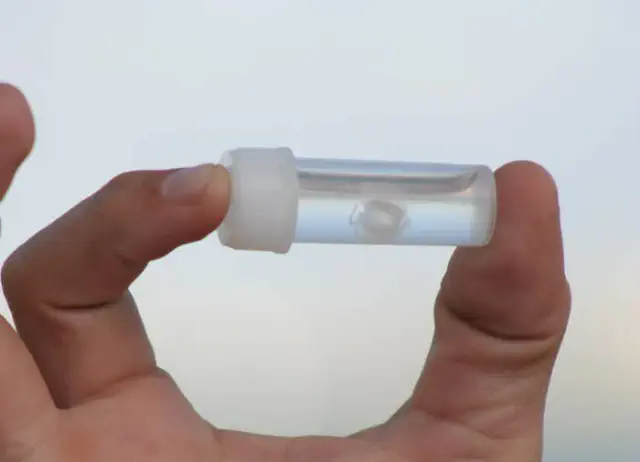According to patent documents, the 'ocean towing type cutting device' is intended for use in 'emergency scenarios.'

View pictures in App save up to 80% data.
A team of engineers from Lishui University, located in the coastal Zhejiang province in China, applied for a patent for a “dragging type submarine cable cutting device” in 2020. According to Newsweek, which reviewed the documents, the patent application is based on another device developed in the late 2000s by marine engineers the State Oceanic Administration of China (SOA) in the South China Sea described as an “ocean towing type cutting device.” However, records reveal that both applications were either turned down or retracted, although no reason was given for these actions.
This revelation comes after several months of reports regarding undersea cable damage incidents, suspected to have been committed by vessels connected to China and Russia. The latest cable damage incident, reported during the first week of January, involved the Chinese freighter Shunxing39 cutting through the Trans-Pacific Express Cable System that directly connects Taiwan to the U.S. West Coast, Japan, South Korea, and China.
In their patent application, the authors from Lishui University stated, “As science and technology advance, an increasing number of submarine and communication cables are being installed on the ocean floor across the globe, and there are instances where these cables must be severed in emergencies.” They pointed out that the conventional method of cutting cables involves first locating them, followed by excavation and retrieval for cutting, a process that is intricate, requires costly equipment, and incurs high expenses. Therefore, there is a pressing demand for a quick and economical cutting device for submarine cables to efficiently perform this operation. Additionally, the justification behind the SOA’s patent application is to address the issue of dismantling unauthorized cables off the coast of China.
Approximately 95% of international communication relies on undersea cables, highlighting the importance of this infrastructure in today's society. Beyond facilitating voice calls, these submarine cables transmit data and serve as the tangible foundation of the World Wide Web. In essence, they constitute the internet itself. Additionally, certain undersea cables transport electricity, potentially impacting a nation's power grid.
The presence of these patent applications raises concerns, according to a Norwegian specialist. They noted that these tools are only effective in a haphazard manner and have the potential to harm other valuable cables. Benjamin Schmitt from the University of Pennsylvania’s Kleinman Center for Energy Policy also shared with Newsweek, “The existence of several technical patents filed by Chinese engineers for executing subsea cable cutting operations heightens the suspicion that Beijing might not only have the intention but is also actively pursuing technical solutions for engaging in such subsea warfare activities in the future.”
This capability has certainly got Taiwan worried, especially as it’s an island that relies on these undersea cables to communicate with the rest of the world. This is especially true as these cable-cutting incidents happen in international waters and are conducted by purportedly civilian ships with muddy registration and ownership records. While work on naval drones to monitor and protect undersea cables is underway, it would likely take years, if not decades, to be able to fully deploy a system such as this to protect all submarine cables.










